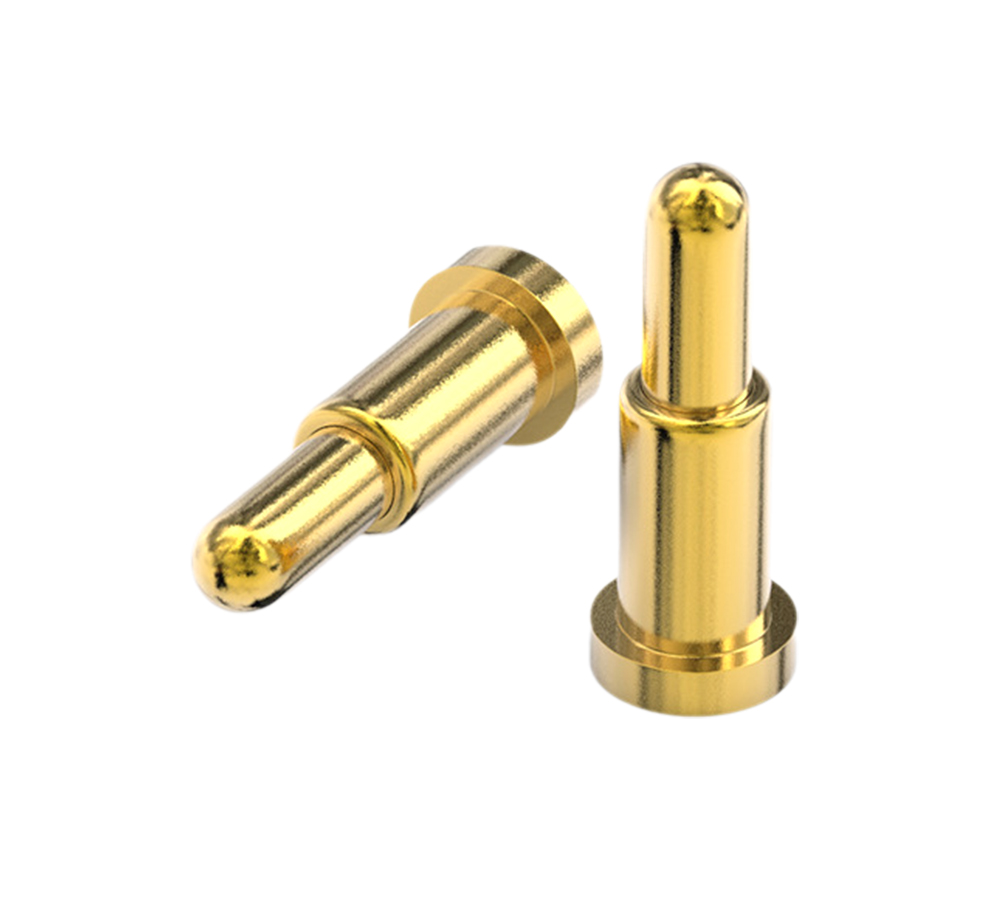Time:2025-05-21 Views:1 source:News

Controlling the size tolerance of Pogo Pins is a critical aspect of their manufacturing process, as even the slightest deviation in dimensions can have a significant impact on their performance and functionality. Pogo Pins are used in a wide range of applications, from consumer electronics to industrial equipment, and each application may have specific requirements regarding the size and tolerance of the pins.
The size tolerance of Pogo Pins is determined by several factors, including the diameter of the pin, the length of the plunger, the inner diameter of the barrel, and the overall length of the assembled pin. Tight size tolerances are essential to ensure proper fitment and alignment when the Pogo Pins are inserted into their mating sockets or holes on circuit boards or other components. For example, if the diameter of a Pogo Pin is slightly larger than the specified tolerance, it may not fit into the corresponding hole, resulting in a poor connection or even damage to the socket. On the other hand, if the diameter is too small, the pin may not make sufficient electrical contact, leading to intermittent connections or high electrical resistance.
Manufacturing Pogo Pins with precise size tolerances requires advanced machining and manufacturing techniques. Computer Numerical Control (CNC) machines are commonly used to fabricate the components of Pogo Pins with high accuracy. These machines can control the cutting, drilling, and shaping operations with micron-level precision, ensuring that each pin meets the specified dimensional requirements. During the manufacturing process, in-process inspections are carried out at various stages to monitor the size and quality of the components. This includes using measuring instruments such as calipers, micrometers, and optical comparators to check the dimensions of the plunger, barrel, and spring.
The assembly process of Pogo Pins also plays a role in size tolerance control. Proper alignment and positioning of the components during assembly are crucial to ensure that the final assembled pin has the correct overall length and that the plunger moves freely within the barrel. Assembly machines are designed with precision fixtures and sensors to ensure accurate component placement and to detect any assembly errors that could affect the size or performance of the Pogo Pin.
In addition to manufacturing processes, post-manufacturing quality control measures are essential for size tolerance control. Each batch of Pogo Pins undergoes a final inspection, where a sample of pins is randomly selected and thoroughly tested for dimensional accuracy. Statistical process control (SPC) techniques are often employed to monitor the manufacturing process and detect any trends or variations in the size of the pins over time. By continuously monitoring and controlling the size tolerance of Pogo Pins, manufacturers can ensure that their products meet the high-quality standards required by various industries, providing reliable and consistent electrical connection solutions.
Read recommendations:
Purchase price of Pogo Pin Connector